How Did the Moon Form?
The giant impact hypothesis models the formation of our moon. It starts with a Mars-sized object hitting Earth. This object (moon) still remains in orbit.
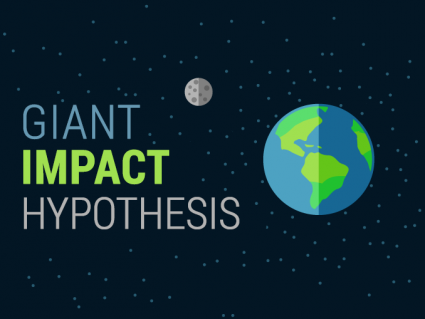
The giant impact hypothesis models the formation of our moon. It starts with a Mars-sized object hitting Earth. This object (moon) still remains in orbit.
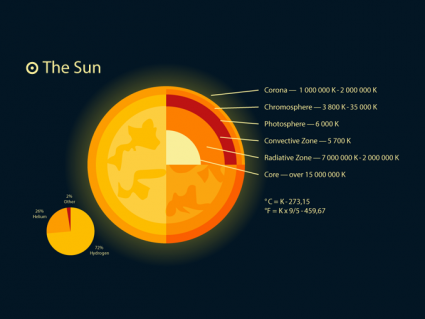
Today, we’re exploring facts about the sun. First, you have to realize the enormous size of the sun. It’s so big that nearly 1300 Jupiters can fit the sun!

What’s the history of the universe? Follow us on a journey that starts with the Big Bang. All the way to the formation of stars, galaxies and eventually us.

Hubble galaxy classification assigns a class to galaxies based on their visual appearance. These classes of galaxies are ellipticals, lenticulars and spirals
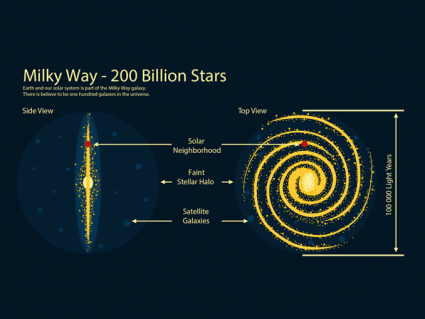
Galaxies are just large accumulation of stars. For example, we live in the Milky Way galaxy. It houses about 200 billion stars including Alpha Centauri.
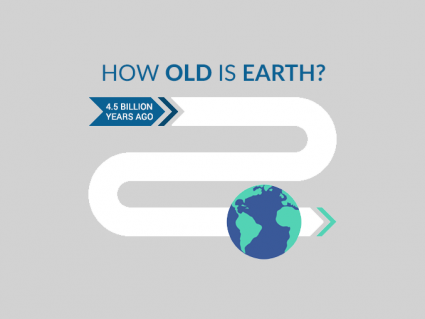
By dating meteorites, we find the oldest rocks are 4.5 billion or so years old. Thus, we conclude the same staggering 4,543,000,000 years for Earth’s age.
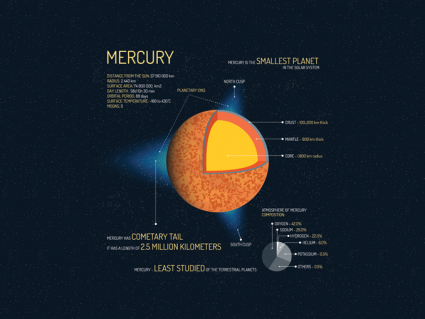
Not only is planet Mercury the closest to the sun, but it has extreme temperatures. Facts about Mercury: Its long comet-like tail, craters and unusual orbit
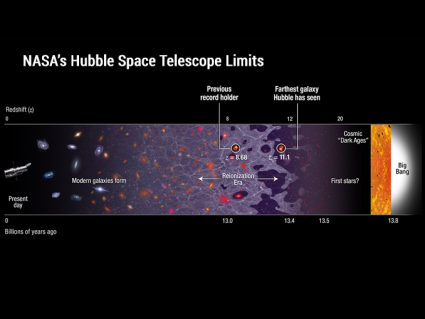
The universe is immeasurable in size. Universe expansion is the theory that galaxies and all matter in space are increasing in distance between each other.
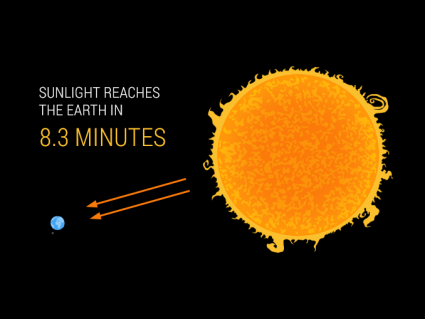
Fusion reactions power the sun. By fusing hydrogen to helium, the sun releases vast amounts of energy towards Earth. Then, sun fusion reaction heats Earth.
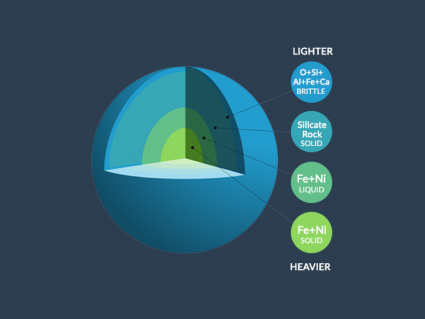
We use the core accretion model to describe planet formation and the creation of our solar system which includes a central star and natural orbiting objects.
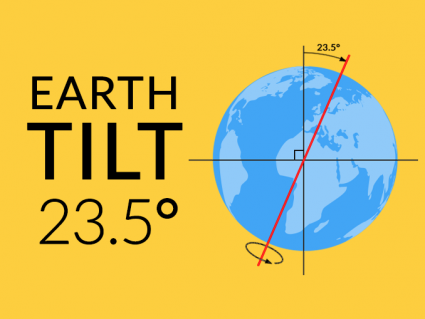
Imagine sticking a pencil into the Earth’s poles and twisting your wrist 23.5°. This is the Earth tilt essential in seasonal patterns, climate and life on Earth.
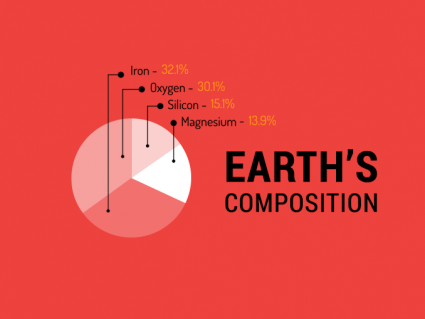
Earth density steadily increases as you go inwards from the crust to core. If you average density throughout the whole planet, it is about 5.513 g/cm^3.
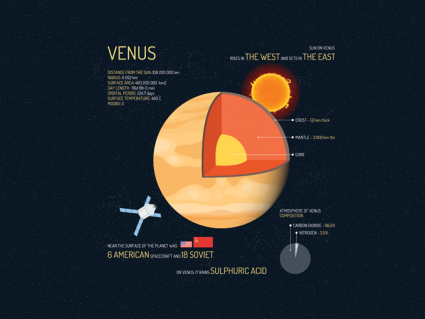
Planet Venus neighbors the Earth. It’s the second planet closest the sun. Other facts include its counterclockwise rotation and how it rains sulfuric acid.
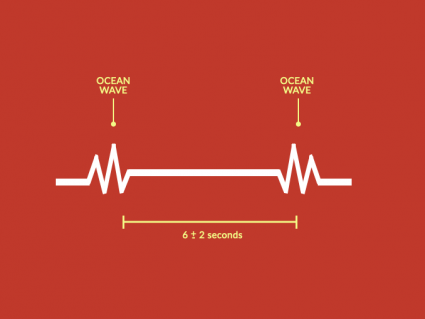
Seismometers always record periodic noise. Once mysterious in nature, we attribute Earth hum to ocean waves crashing into continents, vibrating like a bell.
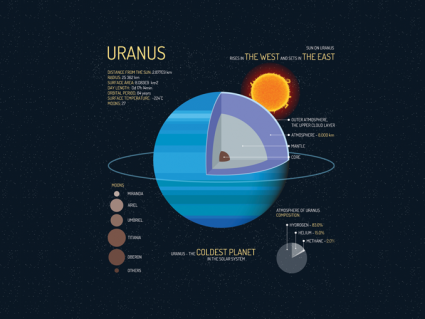
Planet Uranus is the coldest and has the 3rd largest radius for any planet in the solar system. It’s tilted at more 90°, it has faint rings and has 27 moons.